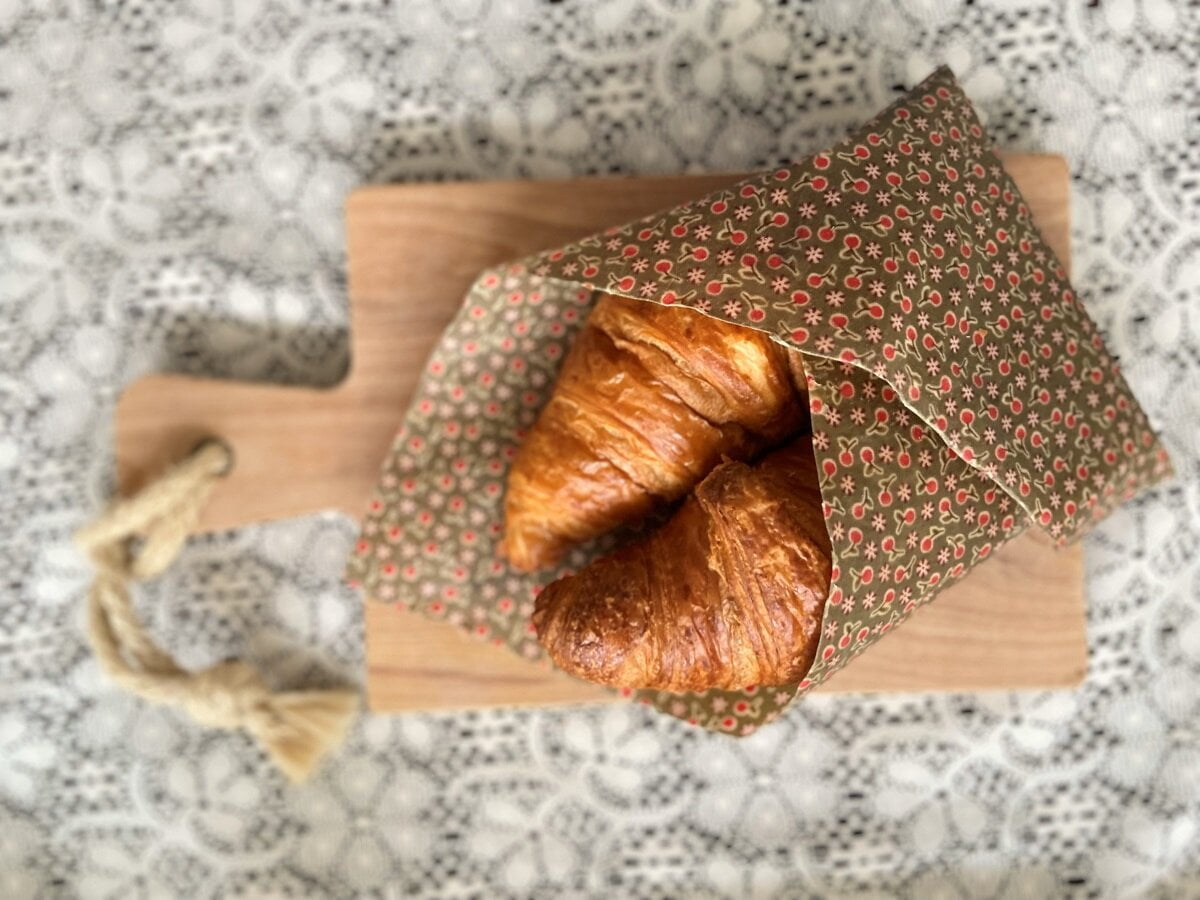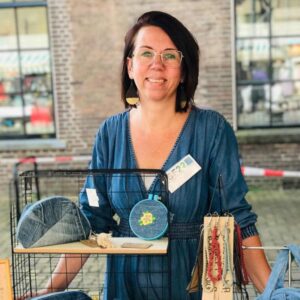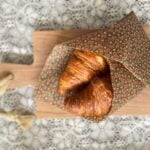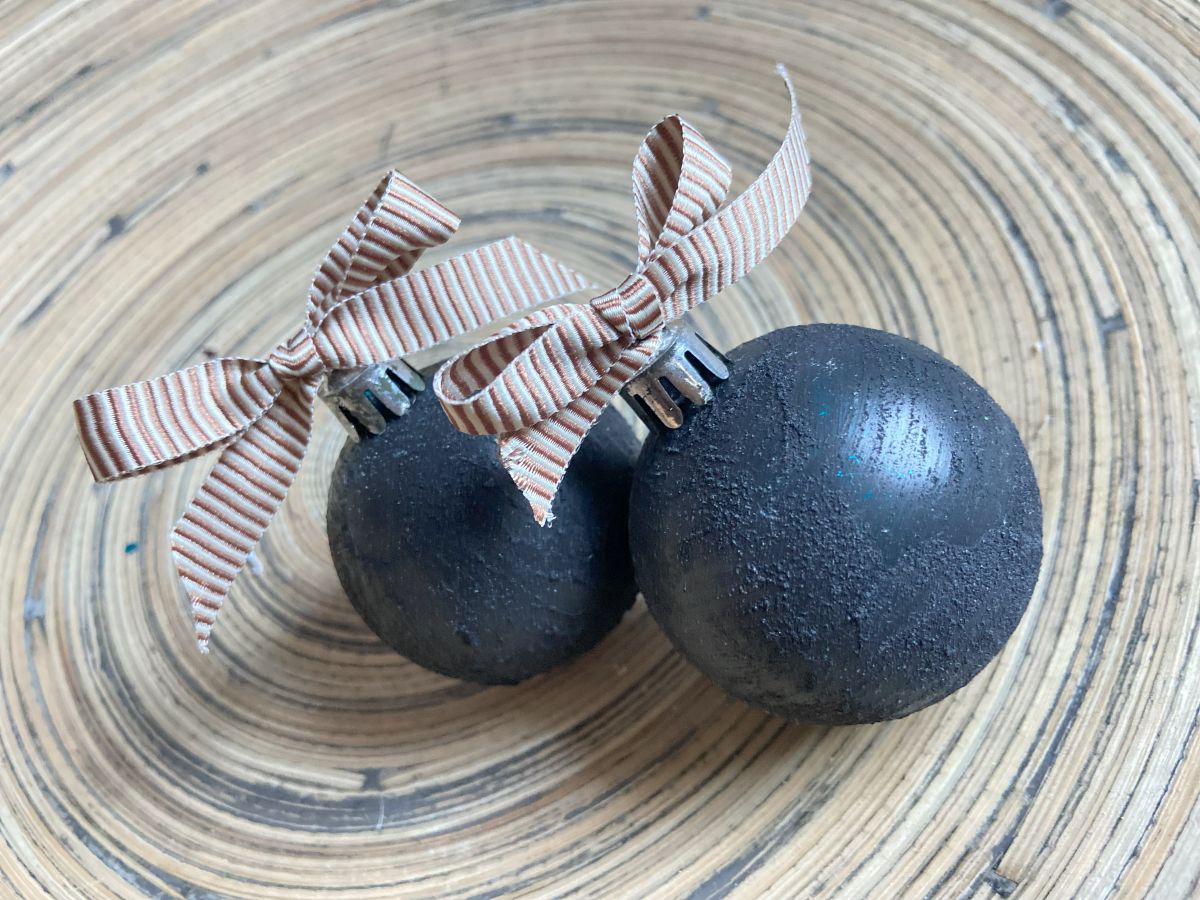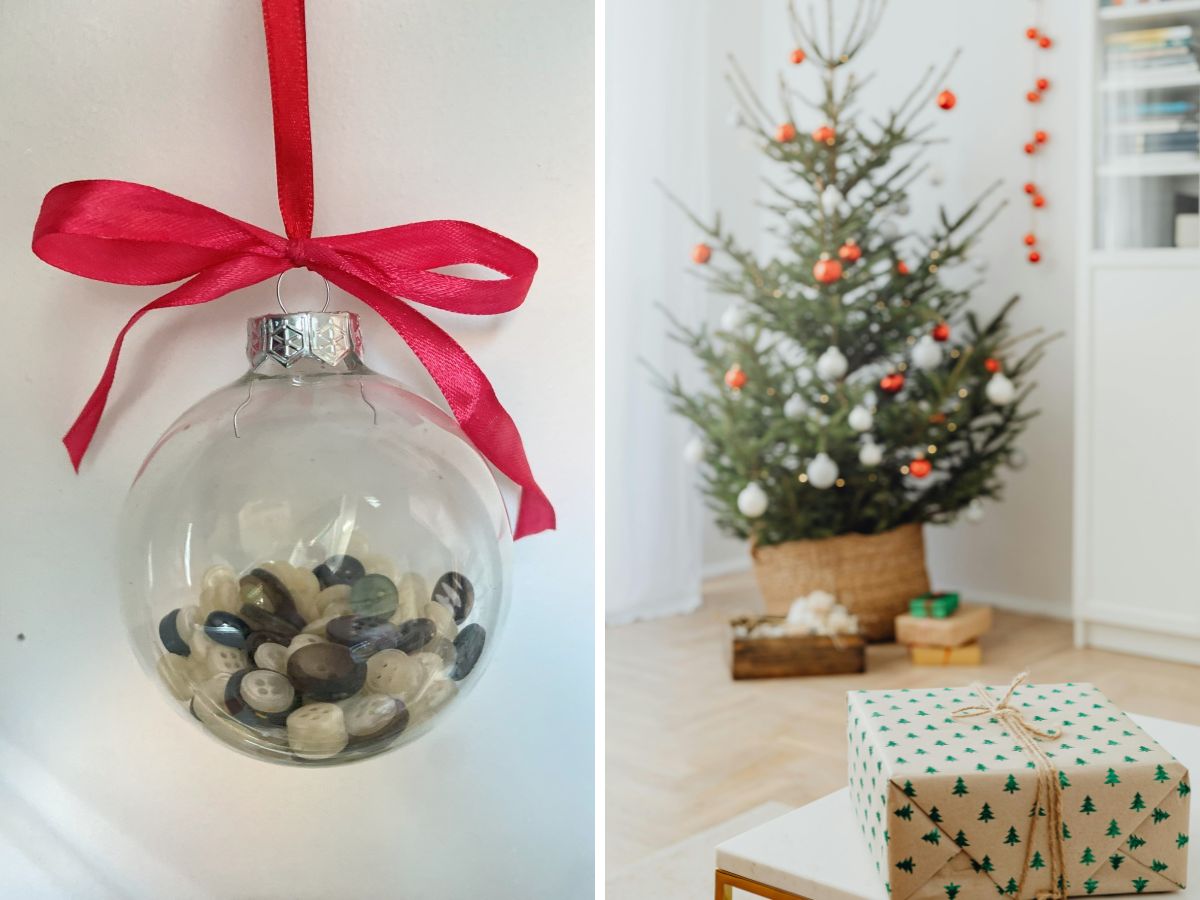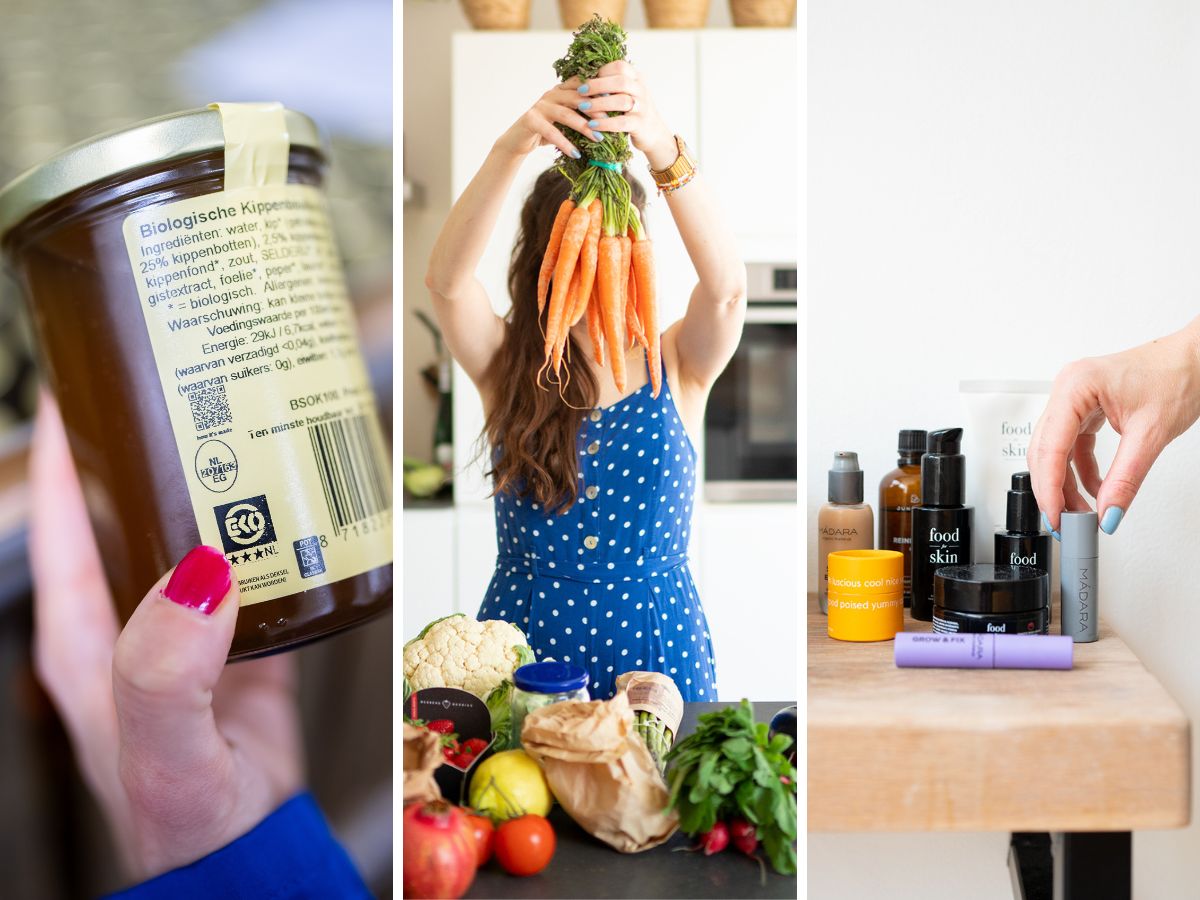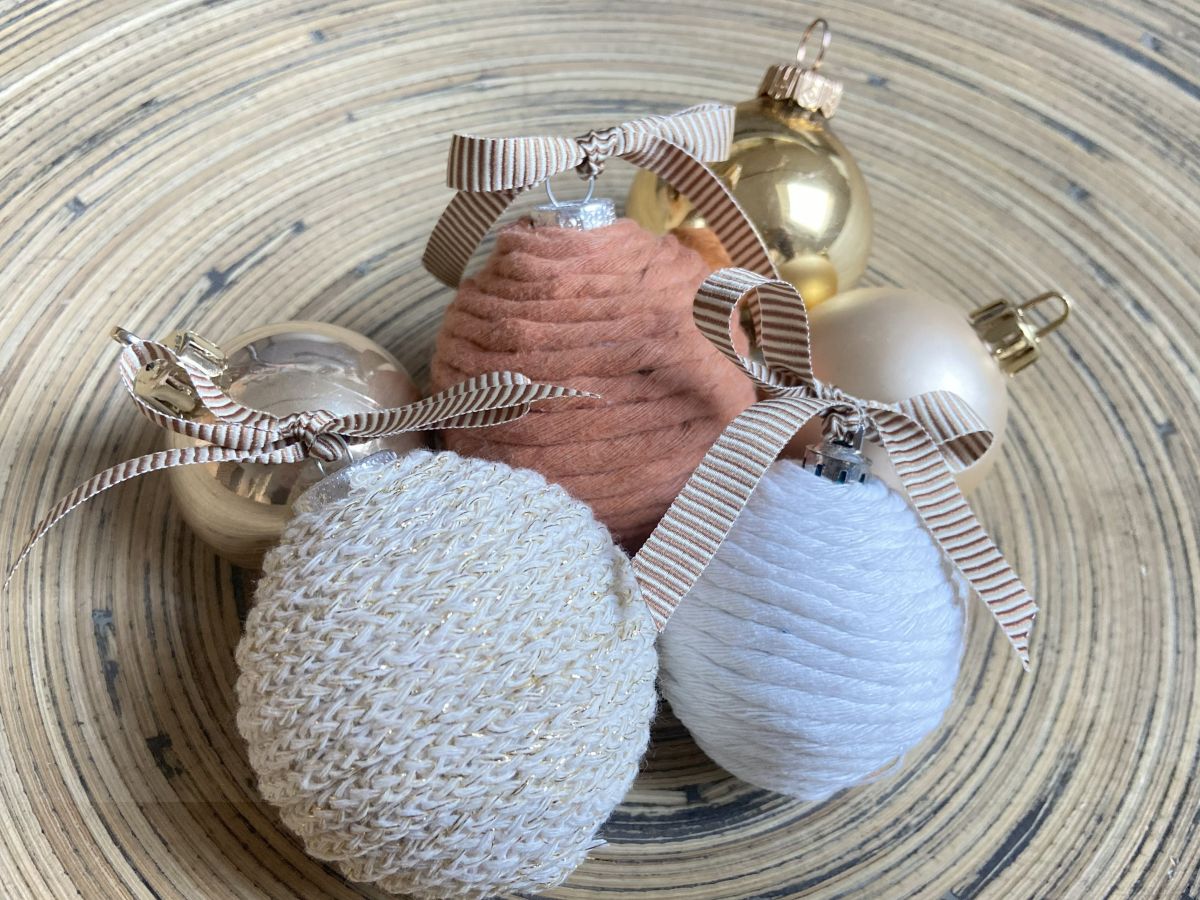Beeswax towels are a good fit for a zero waste household. They are a good alternative to plastic and aluminium foil in the kitchen. You can buy these cloths from various eco (web) shops, but you can also make beeswax cloths yourself very easily! Are you vegan? No point! We also explain how to make both a beeswax cloth and a vegan wash cloth.
How to use beeswax cloths
We regularly get questions from followers: how exactly does such a beeswax cloth work and how do you keep it hygienic and clean? Indeed, it takes some getting used to handling such a sturdy, greasy cloth, but give it a chance and in no time you won't be able to do without your cloths. You can use beeswax cloths to cover dishes, store bread and vegetables. Take your cloth to the cheese shop and you can wrap cheese with it.
- To preserve food with: beeswax cloths are ideal for wrapping food. Wrap your cheese, vegetables, bread, or snacks in it. The warmth of your hands will make the cloth adjust to the shape of the food and wrap it tightly.
- As cover: Use beeswax cloths to cover bowls or seal open edges of food containers. The heat causes the cloth to adhere to the edges, keeping your food fresh for longer.
- On the go: beeswax cloths are pliable, so you can use them to form pouches for snacks, nuts or even sandwiches. Handy on the go!
- Preventing food waste: use them as packaging to wrap sliced fruit (to prevent them from browning or to prevent food from drying out in the fridge).
In short, the possibilities are endless! You can buy beeswax cloths Or make your own. We will soon show you how!
Not for hot (and infectious) food
Avoid using beeswax cloths for hot food, such as in the microwave or to cover hot pots. Heat can melt the wax. Also, we would not be quick to use the cloth with food items that spoil quickly or are known for rapid bacterial growth. So no beeswax cloth in combination with raw chicken.
Cleaning your (vegan) beeswax cloth
Cleaning is no big deal either. If the cloth has not been in contact with food, wiping it clean is often enough. Did the cloth get a bit dirty anyway? Use lukewarm water (not too hot, because the wax will melt) and a little eco detergent, let it dry (not on the heater) et voilà your cloth is clean again in no time. On average, you can use a cloth for nine months to a year before it needs to be treated or replaced. The more often you wash it, the sooner that point will be reached. So don't clean it unnecessarily and don't scrub too hard is the tip. And mild detergent is also important because you want to protect the greasy layer as much as possible (this layer also has an antibacterial effect) and aggressive detergents do not help here.
Vegan beeswax cloths?
A ‘vegan beeswax cloth’ does not exist, of course, because beeswax is by definition not vegan. And yet you do often come across this designation. Heartbreakingly wrong, in other words. Although factually incorrect, it has become somewhat established in the eco-world. What is meant by this is that the washcloths are then made of a plant-based alternative. A vegan wash cloth would be a correct name for this, though. Are you a vegan? Then it is important to pay attention to this when buying or making a wash cloth. There are certainly vegan alternatives, such as using candelilla wax.
What is beeswax anyway?
Beeswax is a natural product produced by honey bees. It is made from the wax glands on the bees' abdomen. These tiny wax flakes are excreted by the bees and then used to build bee combs, in which they store their honey and pollen, and to seal the cells of the combs. People have been using beeswax for centuries for various applications, such as making candles, cosmetics, and even as a natural coating for food packaging. So beeswax in itself is a sustainable and natural product. Yet there are also critics and detractors: keeping bees is generally not animal-friendly. We wrote about this earlier when we researched honey.



You can read the step-by-step plan below, but here's how to make your own beeswax cloth or vegan washcloth (from a lollipop fabric).
How to do it: Making (vegan) beeswax cloths
Tools
- cotton fabric (I made three 40×40 cm canvases, but you can of course cut other sizes if you find that more convenient.*)
- beeswax(For one 40×40cm cloth, you will need about 15g of wax. Want to make a vegan cloth? Then use the same amount of candelilla wax).
- iron
- number of sheets of baking paper
- optional: jojoba oil, this helps keep the cloth supple
Instructions
- Cut the cotton fabric into the desired size. Tip: You can also make round cloths by cutting the fabric into a circular shape, handy for using on round bowls. Tip: Cut the fabric with serrated scissors to prevent fraying, looks nice too!
- Lay down a piece of baking paper and then place the cotton cloth on top. Tip: work on a surface that can tolerate a little heat. You can possibly use newspaper to protect your surface from wax stains.
- Spread the beeswax over the fabric. Make sure the wax is evenly distributed, with a slight emphasis on the edges to seal them well.
- If you like, drizzle a few drops of jojoba oil over the fabric for extra flexibility. Moreover, jojoba oil has a disinfecting effect.
- Place another sheet of baking paper over it.
- Go over the baking paper slowly with a medium-hot iron. You will see the wax melt. Make sure the melted wax is well distributed over the fabric. Do this by moving your iron over the paper. Let cool down.
- I made three cloths at the same time, at the end I put the three cloths on top of each other, between baking paper and went over them again with the iron to distribute the wax so well. Tip: you can keep the pieces of wax that are not on your cloth but are on your baking paper. You can use them, for example, to ‘refresh’ your cloth over time.
Notes
Tips for your DIY beeswax cloth
- Over time, the cloths may start to show spots. You can then refresh the cloths. To do this, place the cloth with a few grains of beeswax (or the leftovers from the previous time) between baking paper again. Use the iron again and let the wax melt and spread again.
- It is best to store the cloths rolled up in the fridge.
- Make the (bee/vegan) wash cloths in a fun print and give them as gifts! Include a nice card explaining how to use the cloths.
More DIY tips from thegreenlist.nl
- Zero waste recipe: make your own all-purpose cleaner.
- DIY tip: store pans and save space in the kitchen.
- Zero waste recipe: making your own hand soap.
Photo credits: Melanie de Oliveira.

